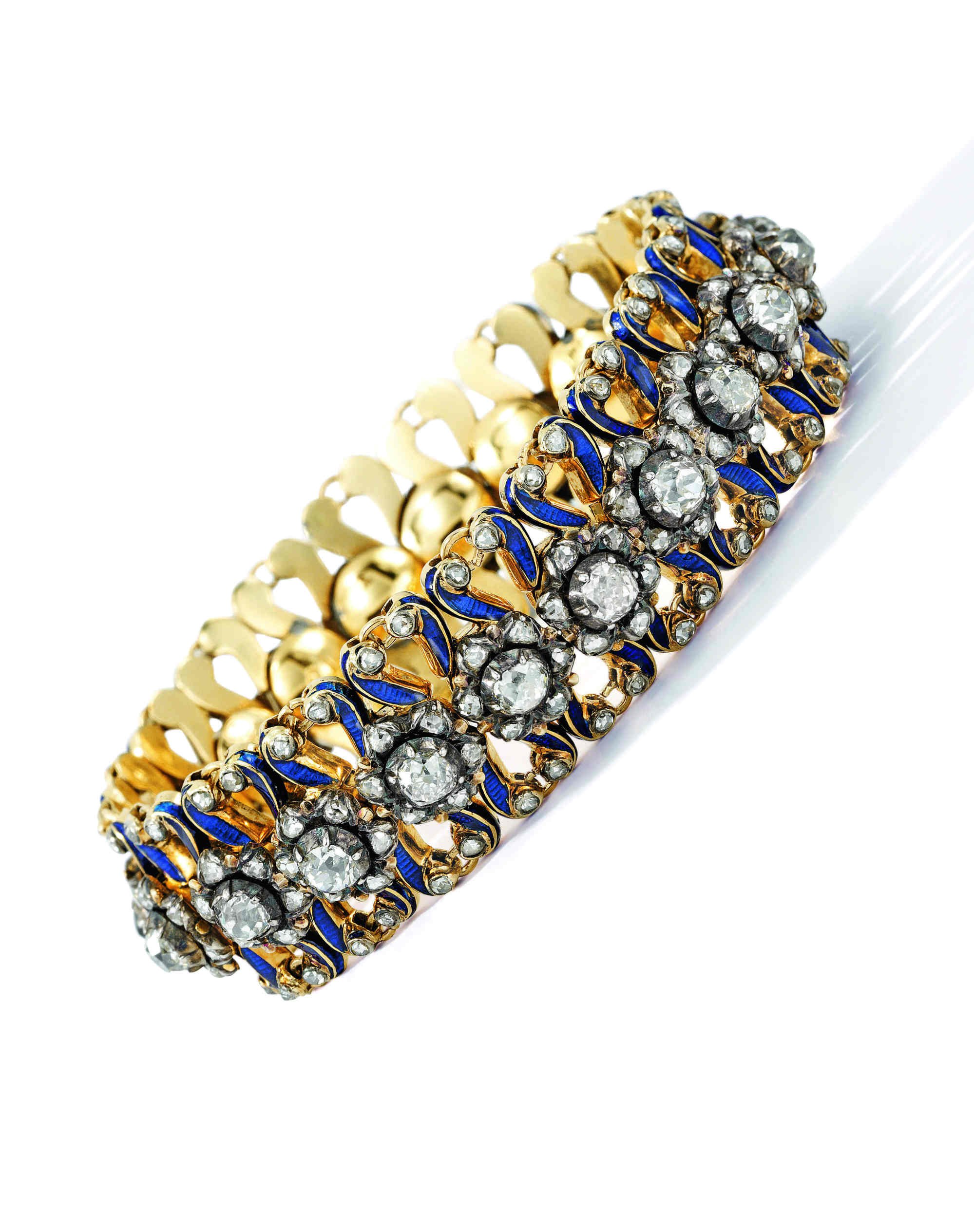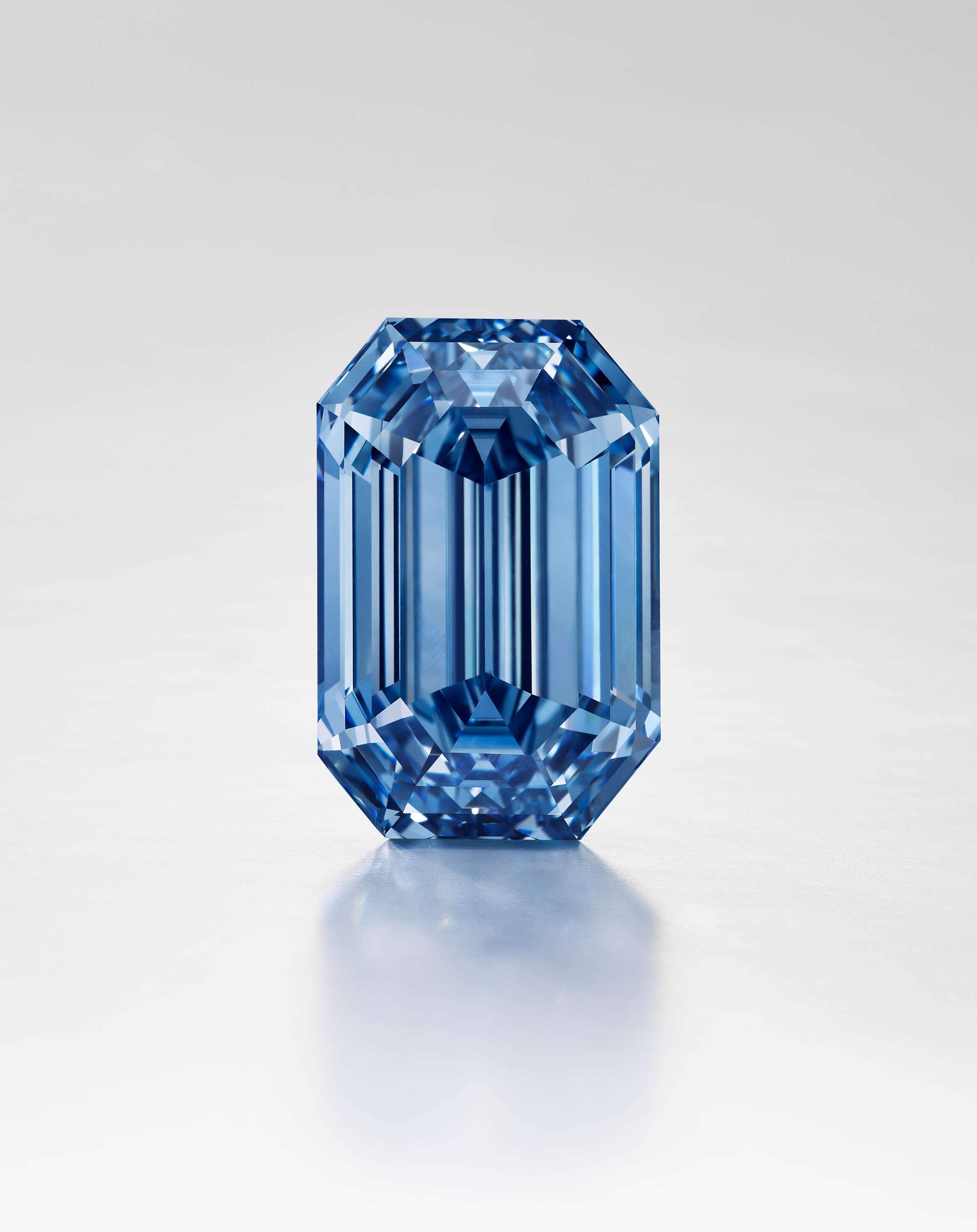Explainer / How to pick the right high jewellery to invest in: consider buying from Cartier, Tiffany & Co, Bulgari, Van Cleef & Arpels and other luxury brands – but don’t forget personal style

On the other side of the equation, we also saw demand for fine gems and jewellery ascend in parallel with share prices. As the world’s wealthy grew wealthier during the boom of 2020-21, many found the idea of high jewellery increasingly appealing. Here was an asset that would steadily appreciate, that is easily transported and readily cashed in, and that all the while would serve as a handsome adornment and status symbol – altogether, a rather attractive proposition.

For those wanting to begin building a collection of high jewellery, the first step on the journey is to decide what sort of baubles appeal to you personally. “The most important thing is really to indulge your passion, figure out what you’re most interested in and what you’d like to collect,” suggests Regine Ngan, head of the jewellery department at Sotheby’s Asia in Hong Kong.
Who’s the richest in Will Smith’s family? Net worths, ranked
“You can see a very strong point of view in the jewellery of great collectors such as the Duchess of Windsor or Elizabeth Taylor,” she notes.
Like art, when it comes to jewellery, you must buy what you like, what you want to live with and will take joy in looking at. “Acquiring a piece that’s just going to sit in your safety deposit box really defeats the purpose,” Ngan says. “Jewellery needs to be worn and gemstones need light – the light brings them to life.”

Rarity is often cited as the essential quality of any legitimate luxury good, and in jewellery, scarcity is a core component of value. Hence, the work of jewellers with extremely limited output, like Joel Arthur Rosenthal of JAR in Paris, or David and Michael Robinson, the twin brothers behind David Michael Jewels, is likely to offer a solid return on investment.
The richest Bling Empire season 2 cast members, net worths ranked
In 2018, Sotheby’s Geneva auctioned a pearl pendant owned by ill-fated French Queen Marie Antoinette for US$36.2 million. However, it is more usually large, rare diamonds that achieve figures of this magnitude. One excellent example: the 15.81-carat “Sakura” diamond, a fancy vivid purple-pink internally flawless diamond auctioned by Christie’s in 2021 for US$29.1 million, sold as the most valuable diamond of its kind at the time.
The 59.60-carat, fancy vivid pink, internally flawless diamond named the Pink Star smashed records when it sold for US$71.2 million at Sotheby’s Hong Kong in 2017.
All diamonds are rare. But when a diamond picks up colour, that makes it even more rare
“All diamonds are rare. But when a diamond picks up colour, that makes it even more rare,” Ngan says. “Fancy vivid pink is exceptionally rare.”
It is said that just one in every 10 million pink diamonds unearthed, cut and polished will possess colour of sufficient purity to be graded fancy vivid. This helps explain the price of fancy vivid pink diamonds peaking above US$1 million per carat, as compared to around US$10,000 per carat for stones of a subtle pink.
Pink isn’t the only sought-after colour. A 15.1-carat step-cut fancy vivid blue diamond known as the De Beers Blue was auctioned for US$57.47 million at Sotheby’s Asia on April 27. Meanwhile, a 12-carat fancy intense blue diamond ring fetched US$15.9 million at a Christie’s auction in 2020.
How does Julia Roberts spend her epic US$250 million net worth?
Ngan says most collectors begin building their collection and knowledge base beginning with diamonds before stepping into the world of coloured gems. “That’s because it’s quite straightforward, in terms of understanding the four Cs: the colour, clarity, cut and carat.”
Jewellery aficionados in Asia are among the world’s most knowledgeable, Ngan reckons. “Collectors here know what’s the best origin, what’s the best colour of gem,” she says. They’re the kind of buyers who are aware that the rarest and most expensive emeralds are mined in the foothills of the Colombian Andes. They likely understand that Burmese rubies tend to be far more valuable than those from Africa, and that they’re growing rarer as mines in Myanmar are depleted.

Provenance – the ownership lineage of a historic article of jewellery – can add greatly to its value, especially if the item in question has been owned by a famed royal or celebrity. “In the past, I think the West has always been more accepting of jewellery with provenance,” Ngan says.
“But I believe Asia is picking up in that sense and growing to look at different eras and appreciate the story behind a piece of jewellery. The younger generation especially, they’re very adaptable and open to having pre-owned things, whether it’s jewellery or other luxury items.”
The best high jewellery collections for spring 2022, from Chanel to Chopard
To the young, aspiring jewellery collector, Ngan says, don’t be afraid to ask for help.
“When you’re just starting on that journey to knowledge, you can learn a lot speaking to the experts at auction houses,” she advises. “If you want to buy a particular gem, you can easily check how much comparable pieces have been sold for. Auction houses are a great resource for information on prices, because the auction results are very transparent.”
Much like a diamond of flawless clarity.

- The work of jewellers with extremely limited output, like Joel Arthur Rosenthal of JAR or David and Michael Robinson of David Michael Jewels, can bring solid returns
- Natural pearls are even rarer than large diamonds – a pearl pendant owned by French Queen Marie Antoinette once sold for US$36.2 million at a Sotheby’s auction